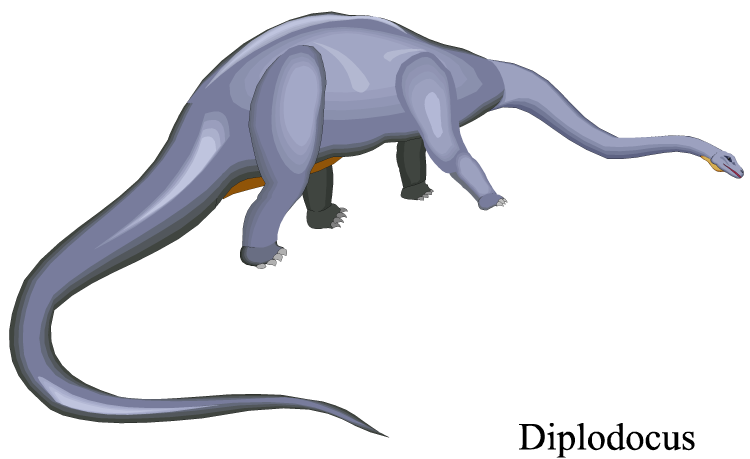Yesterday, I watched a documentary on television—I think it was by National Geographic—about a young man who explored, at least briefly, in central Africa to investigate reports of the Mokele Mbembe. He admitted that there may be an unknown creature in the dense remote jungle, but I noticed a problem at the end.

We all understand the concept of misidentification. How easy to imagine that an eyewitness has seen something commonplace under unusual conditions! What’s the problem when a scientist or non-scientific skeptic suggests a sighting of something strange was just something normal? The skeptic usually just let’s the subject drop, without any attempt to test the misidentification conjecture.
In the documentary I saw, the explorer suggested to the camera that natives had seen elephants that were swimming with little showing except their trunks and the tops of their bodies. We the audience were shown how hiding the bottom part of an elephant photo can appear strange, but wait . . . Why did the explorer not show that trick to the native eyewitnesses? Why did he assume that they knew what an elephant looks like in the forest but not what it looks like in deep water? How careless! (Or how shrewd!) The simple direct testing of that hypothesis would have been so easy, but then it probably would have resulted in the destruction of the agenda of National Geographic in that documentary.
Scott Norman, Pterosaur Eyewitness
The late Scott Norman searched for the Mokele Mbembe in Africa, many years ago; but I remember him best as a kind hearted man who humbly reported his sighting of a large flying creature that he encountered one night in 2007.
Silent, with stars for a background, the dark creature flew twenty feet high, over a shed only twenty feet from Scott . . . there was no mistaking it: . . . a head three to four feet long, and a two-foot-long head-crest that reminded him of a Pteranodon. . . . [Wings] more bat-like than bird-like.


